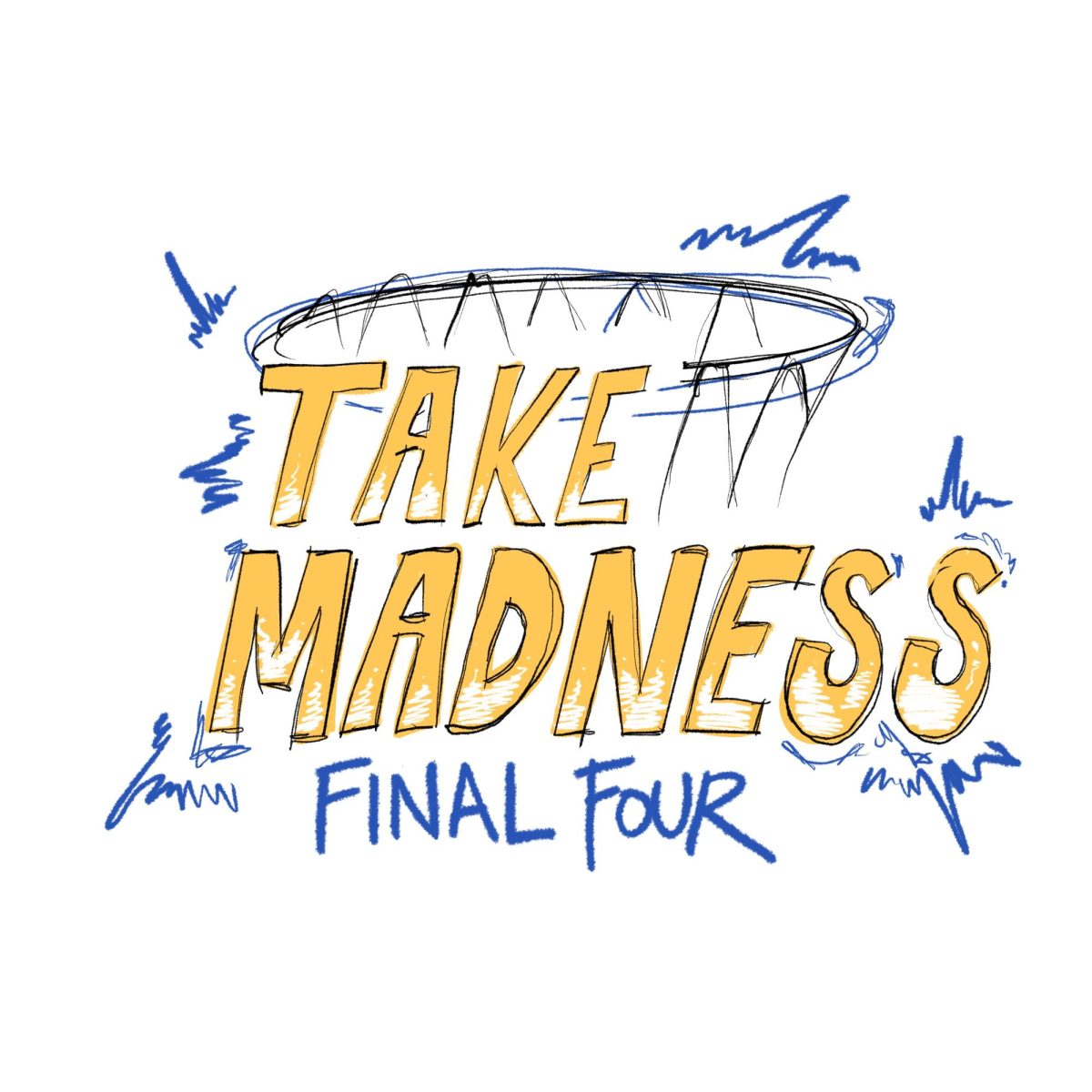Newband and the Harry Partch Instruments pioneer microtonal music
March 17, 2011
Newband and the Harry Partch Instruments
Saturday at 8 p.m.
New Hazlett Theater
Free… Newband and the Harry Partch Instruments
Saturday at 8 p.m.
New Hazlett Theater
Free with a Pitt ID
Most people can recognize common, Western instruments at a typical concert performance. But Newband, a microtonal music ensemble, doesn’t hold typical concerts.
This Saturday, Music on the Edge, along with The Andy Warhol Museum, will present Newband and the Harry Partch Instruments at the New Hazlett Theater in the Northside. The group first performed in Pittsburgh in 1993, and this weekend’s concert will be its return to the city.
Musicians Dean Drummond and Stefani Starin co-founded Newband in 1977.
“It was really just because we needed an outlet to perform,” said Drummond, who serves as associate professor and director of the Harry Partch Institute at Montclair University.
Newband has evolved over the years. Today, it’s an ensemble focused primarily on microtonal music. The group’s members play the Harry Partch Instrument Collection, which they obtained in 1990, as well as a few more commonly known instruments such as the flute and the cello.
Musical innovator Harry Partch created his instrument collection specifically to be able to produce microtonal sounds. The collection involves an array of instruments, some of which are adapted from Western models.
Each composition performed in the concert employs microtonal music. The technique uses “the notes in between the notes on the piano,” said Mathew Rosenblum, the chair of Pitt’s department of music and co-director of the Music on the Edge series.
Microtonal music is said to have a richer sound than music produced using more commonly known instruments, with greater possibilities of variation for composers and musicians.
“Microtonal music is like going to an art store and buying 144 colors,” Drummond said.
The instruments come in all shapes and sizes — including very large. One instrument from the collection is the bass marimba — a giant device made from Sitka Spruce blocks that lie over organ pipes.
As a collection on stage, the instruments look straight out of a Dr. Seuss book, Drummond said.
“They’re made of beautiful wood and design. It looks different,” he said.
The combination of the Harry Partch Instrument Collection and the microtonal music creates what Rosenblum said is “both visually and aurally beautiful.”
Starin, co-director of Newband, plays flute for the group. In this concert she will not play any of the Harry Partch Instruments, but she has in the past and praised the excitement it affords.
“Musicians are always looking for interesting sound,” she said.
Some musicians in Newband are familiar with multiple Harry Partch Instruments and will switch between them during the concert. For this concert there will be a total of nine musicians, but the size of the group varies depending on the show. In some concerts, up to 24 musicians will perform. In others, only three are used, Drummond explained.
Rosenblum is credited as one of the composers for this weekend’s concert, having written “Yonah’s Dream” for the performance — a piece that incorporates some of the Harry Partch Instruments, as well as familiar instruments like the flute. Rosenblum said the piece was inspired when he attended a Jewish wedding with an ecstatic ambiance. He thought, what if Harry Partch found himself in this sort of setting? How would he incorporate his instruments?
“Yonah’s Dream” became a “hard-driving rhythmic piece” that uses percussion and string instruments. The various elements in the composition hopefully engender the same excitement Rosenblum gained from his experience at the wedding.
The concert will also feature two compositions by Harry Partch, “Castor and Pollux” and “Two Studies on Ancient Greek Scales,” Drummond’s “Before the Last Laugh,” “Mutating Aeon” by Gregg Rossetti and “’Round Midnight” by Thelonious Monk.
Each piece has its separate theme and embodies different musical characteristics.
“Some of them are wild and crazy, and some of them are mellow,” Starin said.


